
Hey, guys! Welcome to this video on parallel and perpendicular lines.
What Are Lines?
Lines are everywhere you look. Lines are formed on ceilings in classrooms, bedrooms, or whatever room you’re in. Lines are on the roads we drive on, lines are on the signs we read, the paper we write on; lines are everywhere.
But understanding and being able to identify what type of lines they are is a very important tool in the world. Architects and engineers, people who design buildings, need to know the types of lines so that they can build buildings that are safe, strong, stable, and won’t randomly fall down on all the people inside.
Parallel and Perpendicular Lines
Now, let’s take a look at two of the most important types of lines: parallel and perpendicular lines.
- Parallel lines are lines that run alongside each other but never intersect or cross with each other. Train tracks form parallel lines. The white lines on both sides of the road form parallel lines.
- Perpendicular lines are lines that do cross, and when they do cross they always form right angles. Right angles are angles with a 90-degree angle. Perpendicular lines are formed in ceiling corners, desk corners, or really any corner with a 90-degree angle, or right angle.
Let’s take a look at some examples.
Example #1
Are these lines parallel or perpendicular?
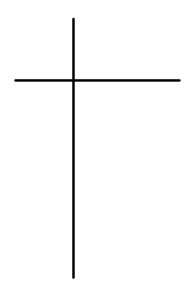
Perpendicular, because the lines intersect and form a 90-degree angle, or right angle.
Example #2
Now, what type of lines are these?
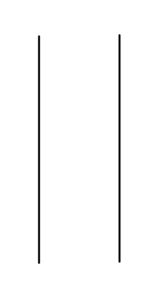
These lines are parallel. See how they run alongside each other, but never intersect?
Example #3
Let’s try another. Are these lines parallel or perpendicular?
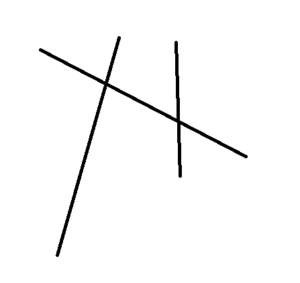
Neither, because even though the lines cross, they do not form right angles.
You guys are doing great! Sometimes, learning can be tough, but you just have to keep trying.
Identifying Types of Lines
A useful way to help you identify the different types is to look at your definition each time until you’re comfortable with these concepts. If the lines do something the definition says they cannot, or if they do not have something that the definition requires, then you can more easily identify the lines.
I hope this was helpful. See you next time!
Parallel and Perpendicular Lines Practice Questions
At what angle measure do two lines have to intersect to be considered perpendicular lines?
The correct answer is 90°. Perpendicular lines are two lines that intersect at a right angle.
Which of the following is an example of perpendicular lines?
The correct answer is a cross on a church steeple. A cross is made up of two lines that intersect at a right angle.
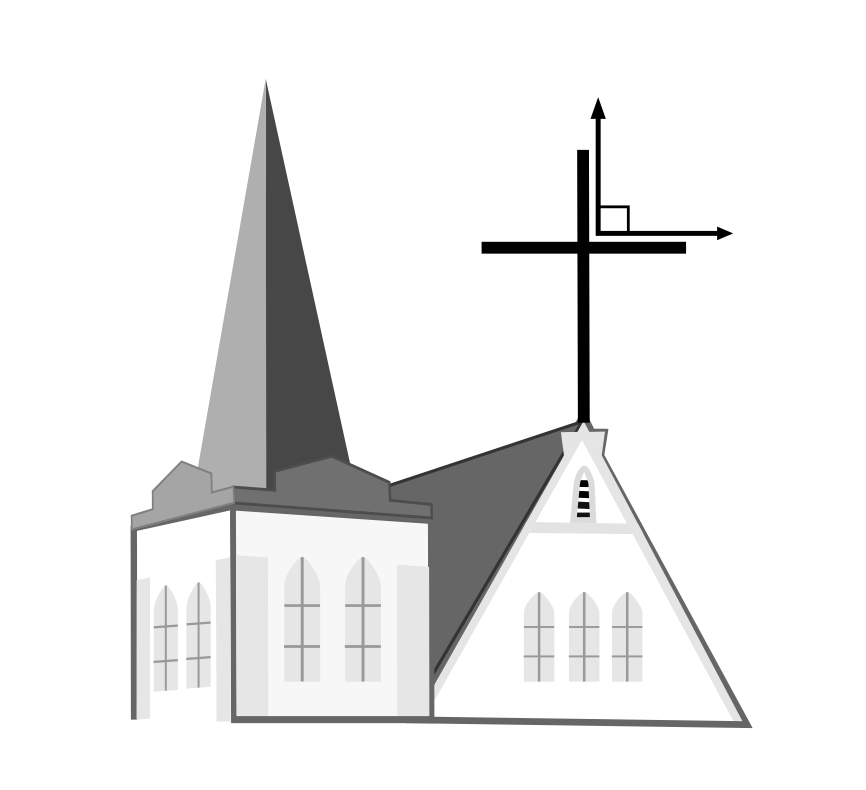
Which of the following statements is true about parallel lines?
The correct answer is they never intersect. Parallel lines are two lines in the same plane that never meet.
Which of the following is an example of parallel lines?
The correct answer is lines on notebook paper. The horizontal lines never cross, so they are parallel.
What type of lines are these?
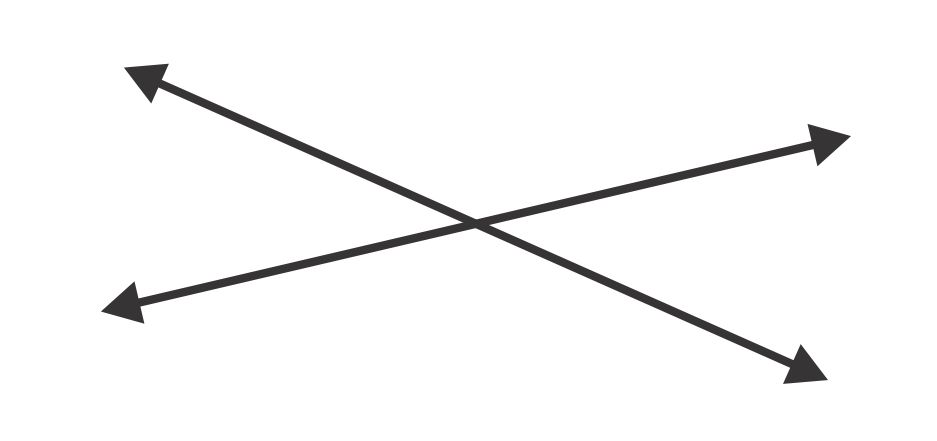
The correct answer is intersecting. These two lines cross but not at a right angle, so they are intersecting but not perpendicular.
